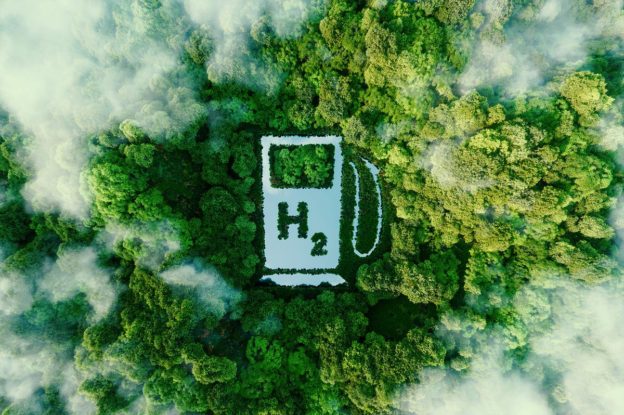The EU hydrogen strategy adopted in 2020 has 5 action areas: investment support, support production and demand creation of a hydrogen market and infrastructure; research and cooperation and international cooperation. Now the Commission has set out new plans to stimulate and support investment in sustainable hydrogen production through a European Hydrogen Bank (EHB). An EU auction expected in autumn 2023.
Brussels 27 March 2023
The Commission’s Communication on the European Hydrogen Bank, published on 16 March 2023, describes the Facility objective of unlocking private investment in hydrogen value chains, both domestically and in third countries, by connecting the supply of renewable energy to EU demand and tackling initial investment challenges. It will establish an initial market for renewable hydrogen, offering new opportunities for growth and jobs, and launch an Auction (under the Innovation Fund) in autumn 2023 to support renewable hydrogen production for consumers Europeans.
This new initiative is aimed at accelerating investment and bridging the investment gap for the EU to reach its ambitious REPowerEU targets of producing domestically 10 million tonnes (mt) of renewable hydrogen by 2030, coupled with 10 mt of imports.

Europe is highly competitive in clean hydrogen technologies manufacturing and is well positioned to benefit from a global development of clean hydrogen as an energy carrier. Cumulative investments in renewable hydrogen in Europe could be up to €180-470 billion by 2050, and in the range of €3-18 billion for low-carbon fossil-based hydrogen. Combined with EU’s leadership in renewables technologies, the emergence of a hydrogen value chain serving a multitude of industrial sectors and other end uses could employ up to 1 million people, directly or indirectly. Analysts estimate that clean hydrogen could meet 24% of energy world demand by 2050, with annual sales in the range of €630 billion.

There are many reasons why hydrogen is a key priority to achieve the European Green Deal and Europe’s clean energy transition. Renewable electricity is expected to decarbonise a large share of the EU energy consumption by 2050, but not all of it. Hydrogen has a strong potential to bridge some of this gap, as a vector for renewable energy storage, alongside batteries, and transport, ensuring back up for seasonal variations and connecting production locations to more distant demand centres.
The Commission estimates that the share of hydrogen in Europe’s energy mix is projected to grow from the current less than 2% to 13-14% by 2050.
Today renewable and low-carbon hydrogen are not yet cost competitive compared to fossil-based hydrogen. To harness all the opportunities associated with hydrogen, the European Union needs a strategic approach. EU industry is rising to the challenge and has developed an ambitious plan to reach 2×40 GW of electrolysers by 2030. Almost all Member States have included plans for clean hydrogen in their National Energy and Climate Plans, 26 have signed up to the “Hydrogen Initiative”, and 14 Member States have included hydrogen in the context of their alternative fuels infrastructure national policy frameworks. Some have already adopted national strategies or are in the process of adopting one.
Read the full EU Strategy, Actions and Funds on Hydrogen…





